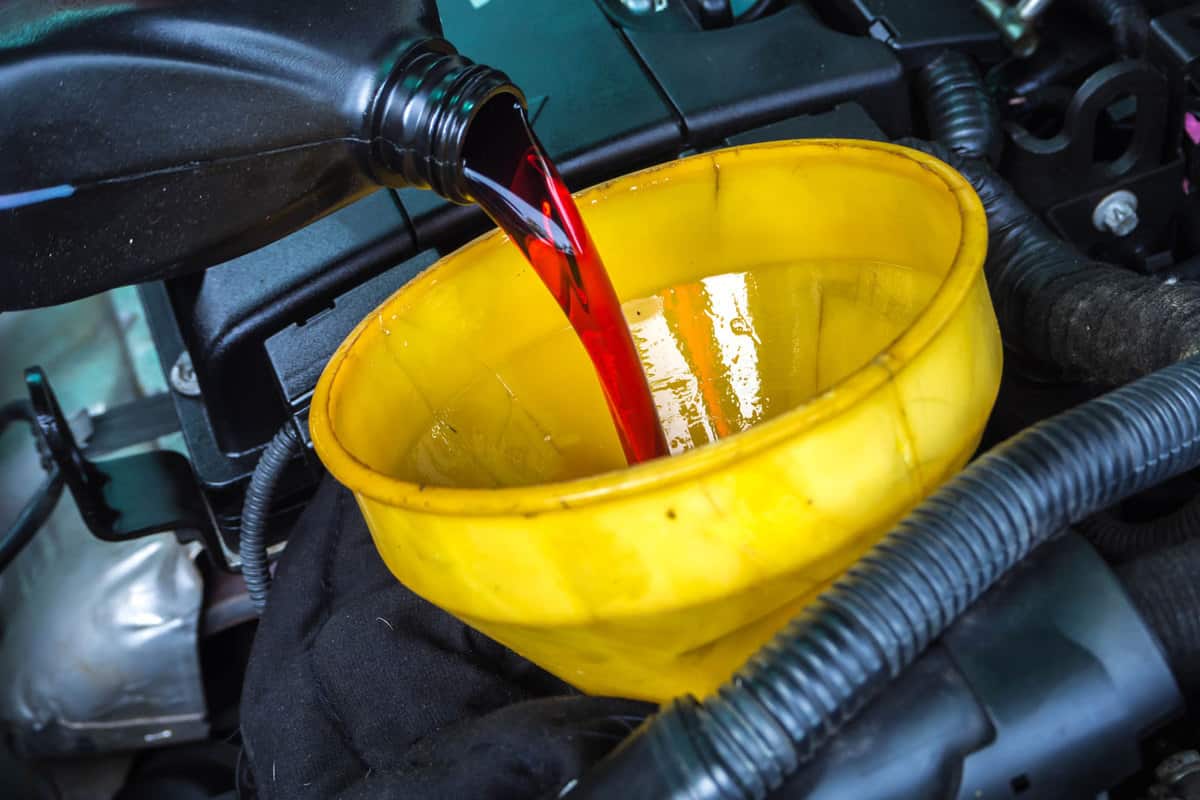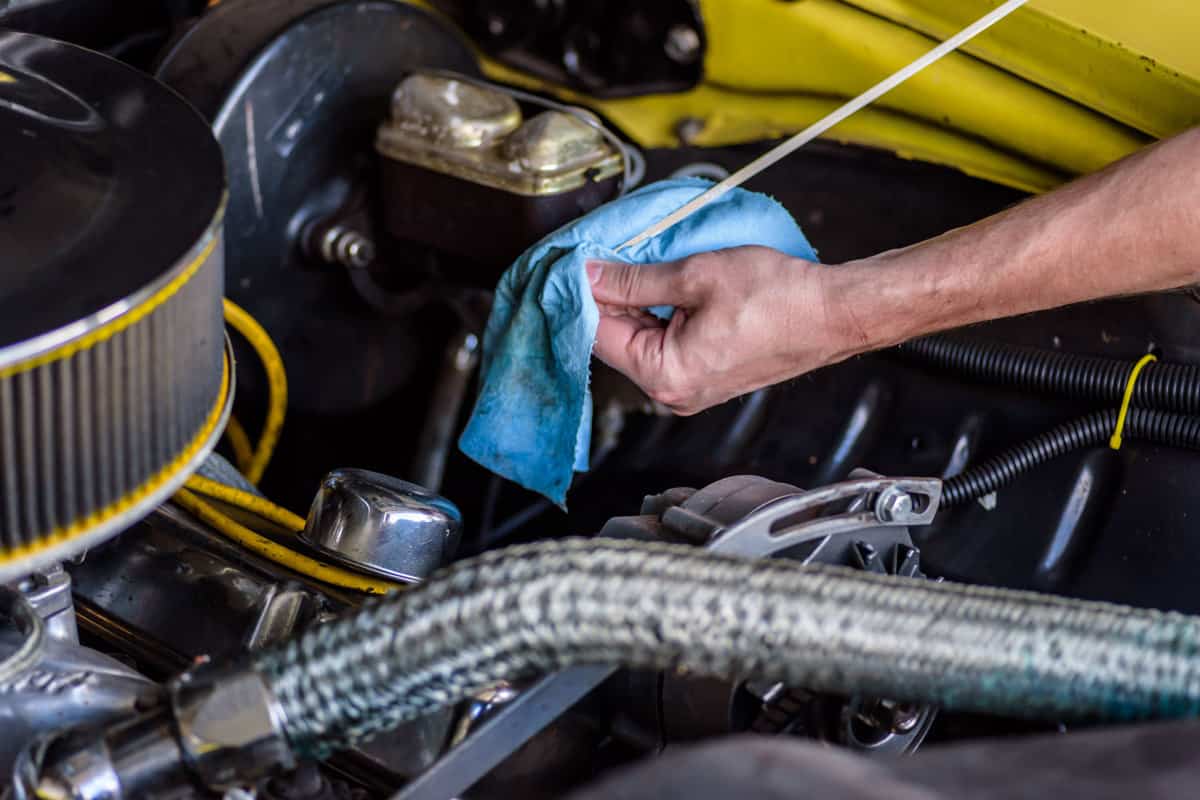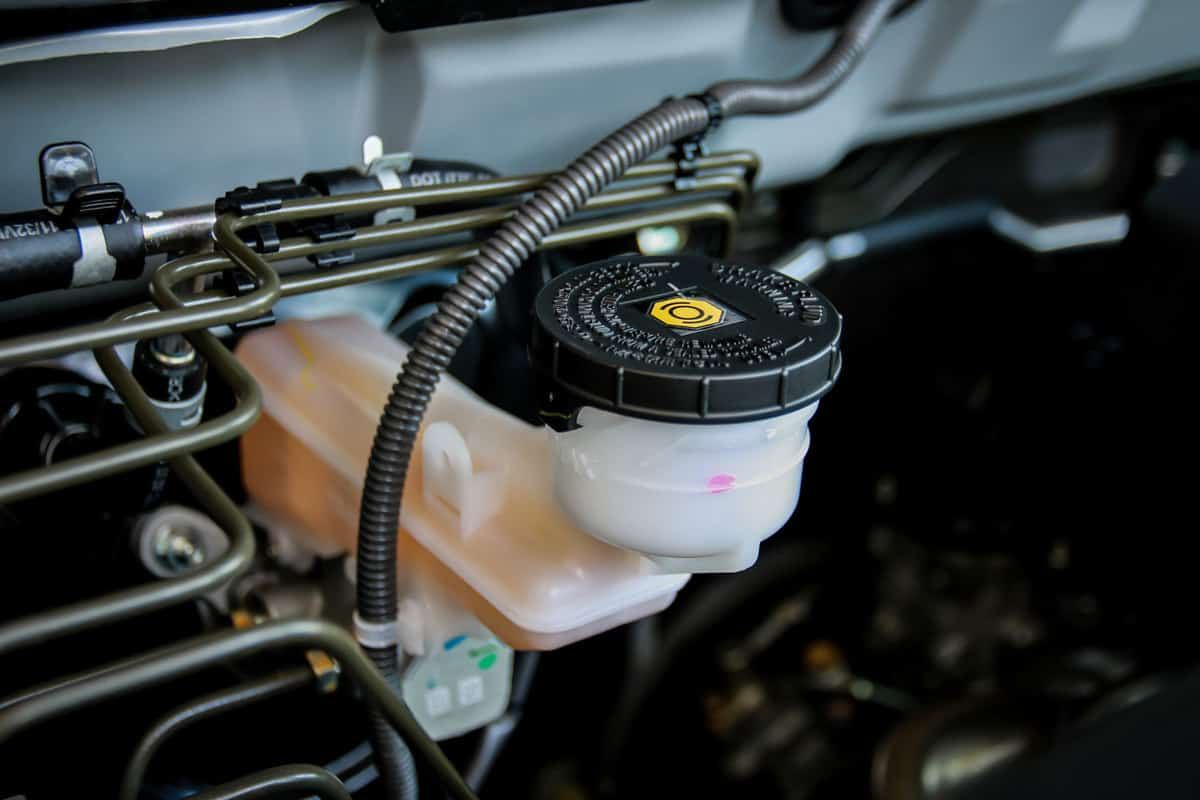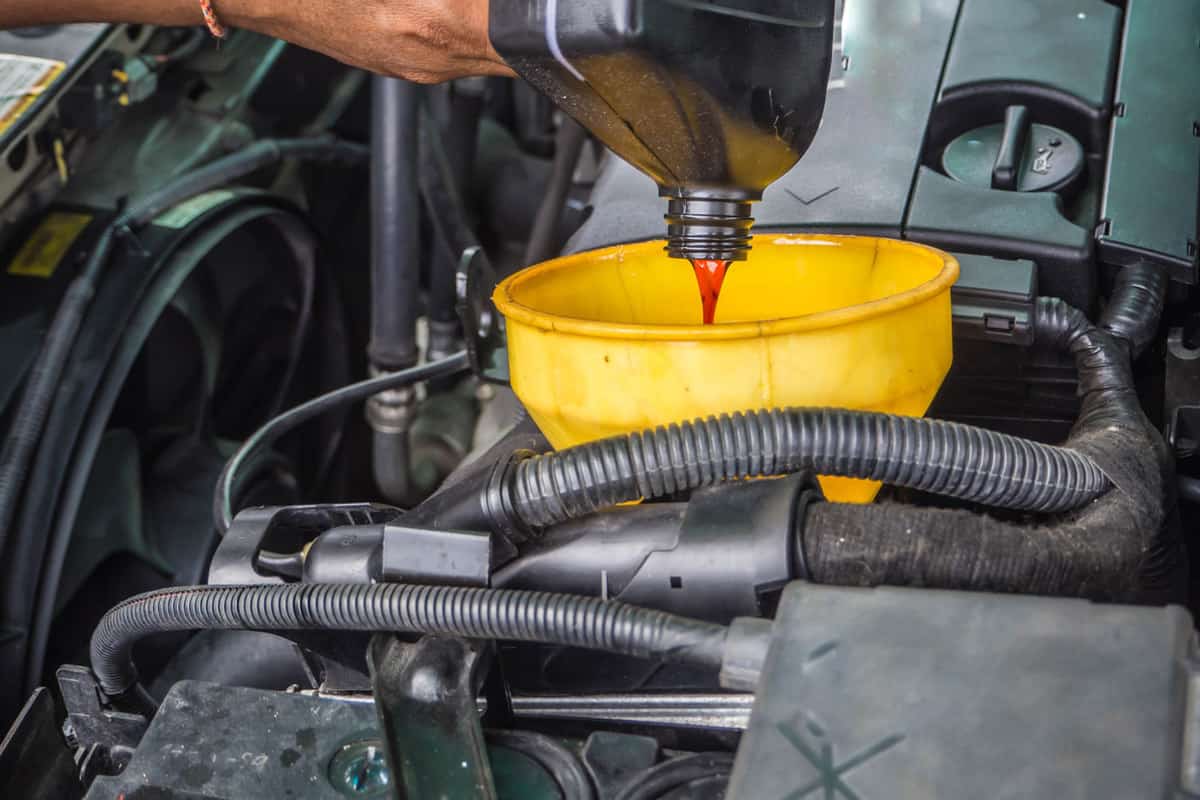Both manual and automatic transmission fluids serve to keep the transmission cool and lubricated. When the car is in motion, the gearbox is grinding constantly, creating immense pressure and friction in the gears. The transmission fluid now comes into play; it helps prevent the transmission from overheating due to high pressure and friction. But if it's low, or empty, can you safely drive your vehicle? We've researched this to get the best answer for you!
Technically, the vehicle can still be driven with low to no transmission fluid for 10 to 15 miles. However, doing so will lead to transmission system failures and can damage the car permanently.
In this article, we have in-depth information to share and have some significant tips waiting for you. Stay with us as we discuss how to detect low transmission fluid, what this fluid actually does, and what you can do to keep the fluid cycling smoothly to avoid damage to your car or truck.

Can you start a vehicle with low transmission fluid?
Yes, you can still start your vehicle but it isn't advisable to operate it any further. Considering you could run out of transmission fluid in the middle of your journey surely wouldn't be good for the car. It’s important to remember these are the major functions of transmission fluid:
- To generate power from the engine to your transmission.
- Serves enough lubrication to ensure your car runs smoothly.
- Absorb extreme heat caused by the intense friction of transmission.
- Prevents the gears from crashing along each other, potentially leading to broken gears.

Don’t recklessly operate your vehicle because of low transmission fluid; checking your transmission dipstick regularly is ideal. It can save you from having big transmission repair bills in the future. You’re on the right track please keep on reading!
How long can you go without transmission fluid?
Automatic cars are built with safety features designed to prevent drivers from continuing to drive. However, a manual transmission can run without transmission fluid for approximately 10 miles up to 15 miles -althought, this may not be applicable in your own scenario depending on the condition of your vehicle.
What are the signs of low transmission fluid?

Transmission fluid acts as a lubricant and coolant to the transmission, an essential component to power up the transmission. There are multiple ways to tell if your transmission fluid reaches an insufficient level. When these symptoms occur it's necessary to have it checked out immediately.
Shifting Gear Difficulty
You will probably notice that shifting gears isn’t as smooth or easy as usual. This normally happens when the transmission fluid has already reached an insufficient level causing the transmission not to function properly.
Delayed Gear Shifts
This will occur when the transmission has not had enough fluid causing the gear engagement to stall. Delayed happens because the hydraulic can’t generate enough power to shift due to insufficient lubrication on it.
Unusual Noise
This happens because of the extreme friction of the gear severely colliding with one another without enough lubrication. If you experience this, you must stop the vehicle immediately and have a quick inspection of it.
Transmission Overheating
The indication of transmission overheating is an unusual smell and smoke billowing out from transmission. In this situation stop immediately and let it rest for a couple of hours to avoid unnecessary major damage.
| Transmission Fluid Temperature | Approximate Fluid Life Expectancy |
| 175° to 195° F | 100,000 miles |
| 215° F | 50,000 miles |
| 235° F | 25,000 miles |
| 255° F | 12,000 miles |
| 275° F | 6,250 miles |
| 295° F | 3,125 miles |
| 315° F | 1,600 miles |
| 335° F | 800 miles |
| 355° F | 400 miles |
| 375° F | 200 miles |
| 395° F | 100 miles |
Warning Light Comes On
The sign may come in the form of a check engine light or another warning light. This lets you know that your transmission fluid levels are beyond average sufficient settings. Having a quick inspection is always a practical decision.
How to Identify a Transmission Fluid Leak?

The reason for leakage in your transmission fluid is often caused by the wearing of the gasket and seals. These are the following techniques to diagnose and assess to help you confirm that your vehicle is leaking:
- Using a white, clean rag, position it precisely underneath the transmission pan
- Let the rag stay right in the position for an hour or more
- Examine the rag if it has a fluid stain on it
After you identify the leak your next action is to secure the leak and brush it with hard soap temporarily. This way it will prevent the fluid from draining continuously and helps you not to lose even more fluid. At your convenient time, immediately seek the service station and have a proper replacement of the gasket and seals.
How long does it take for transmission fluid to cycle through?

Modern vehicle manufacturers recommend that you change your transmission fluid every 30,000 to 50,000 miles. Check also the owner or the manufacturer’s manual for explicit recommendation details. Understanding and following the recommendation of the manufacturer's manual will help you understand how to look after your car maintenance needs.
To wrap up

When the fluids in your transmission get too low numerous problems can occur since running smoothly is its main purpose. Transmission fluid provides lubrication, power, and even cooling of the intense gear friction. In situations like overheating your vehicle, this is due to insufficient fluid present in your transmission.
If you are going up and down a severe incline you might find that the vehicle stops moving. Because the fluid has sloshed away from the pick-up tube you might notice the fluid itself is getting burnt. The high pressure of heat and friction caused by too much heat will result in major damage to your car.
Checking it regularly is a great habit and definitely helps you avoid such big repairs and rebuilding bills in the future. Remember to include the owner's manual and manufacturer's guidelines in your checklist to ensure you meet the specifically required amount of transmission fluid.
Thank you for reaching us. Feel free to browse our blog for related topics!

How do i add transmission oil in a 2018 Toyota Highlander V-6